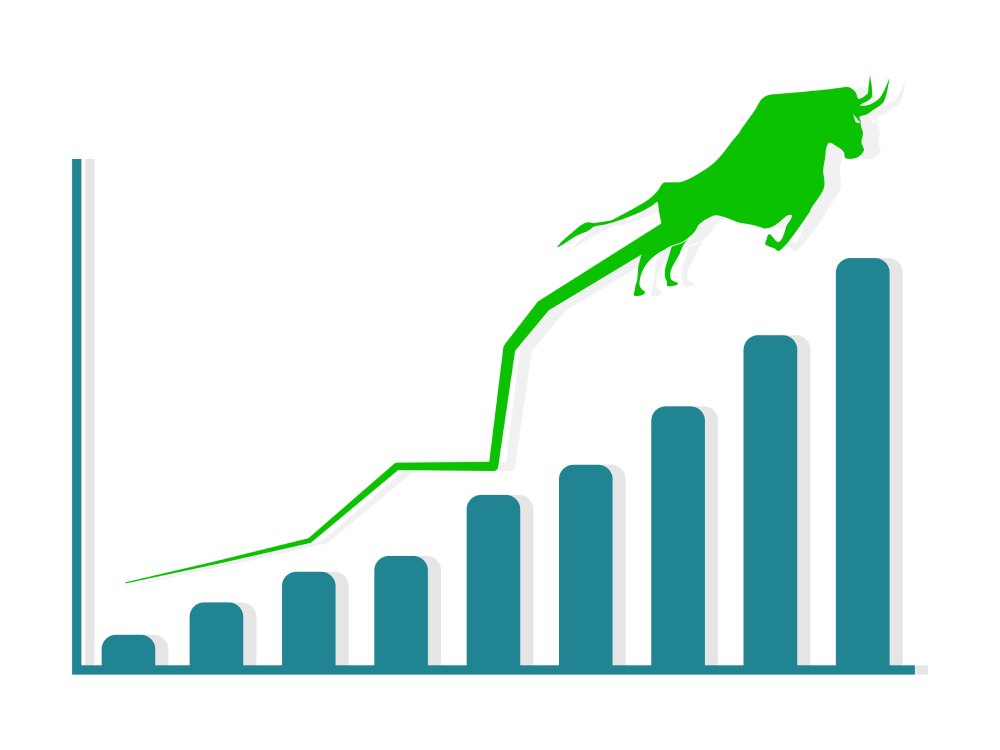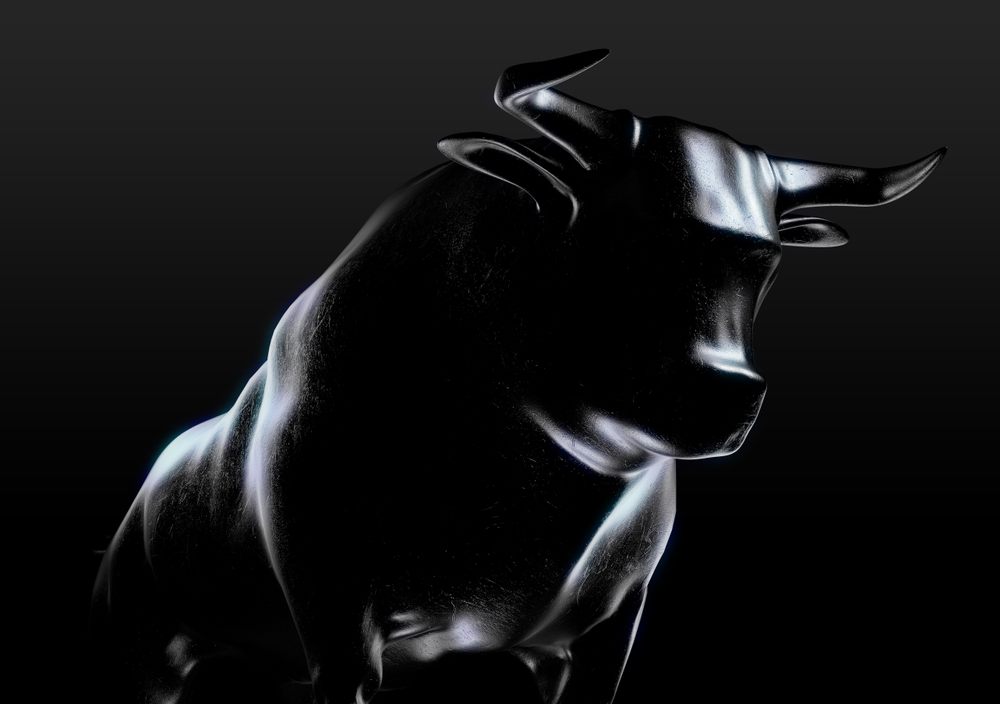Some NFT analysts reckon a mini-bull run in on the cards.. if they’re right, here’s how I’m preparing for the next NFT bull run.
I spent several years dollar cost averaging into Ethereum from $100 up to $3000. Then, in 2021 and 2022, I spent most of this Eth buying NFTs. I even traded some BTC for a few NFTS like Chromie Squiggle.
Some of these NFTS never worked out. Several mooned before crashing to the floor… and a few (like Chrome Squiggle) are holding a good floor price.
I don’t consider myself a pro-NFT trader by any stretch. However, the NFT bull and bear market taught me a tremendous amount about what matters when navigating the space.
Many things I used to care about, like quick flips, don’t matter anymore. And things I didn’t care as much about, like acquiring generative art, are now my top priorities.
The NFT market is currently seeing a modest increase in trading volume, and some big mints like Memeland appear to be working out. At the time of writing, the floor price for that mint is holding strong at 5Eth.
These are my new rules for the next NFT bull run. Not financial advice. DYOR!
Table of Contents
1. Most Projects Are Nothing More Than Hopium or Promises
It’s great to buy an NFT, read about the roadmap and founders, and spend a few hours in Discord connecting with the community. But the reality is many of these projects are nothing more than a promise about some future use case. They through around buzzwords about the “metaverse” make big outlandish promises and tease partnerships, merch, and games.
Like with any startup business, the odds of success are stacked against an NFT project. Games, for example, take years, not months, to ship. Consider AAA gaming titles like Grand Theft Auto 5 or Half-Life, Titles like those takes over a decade to build.
2. Take Profits Early and Often

I wasn’t surprised to find the BTC HODLER mentality in NFT land, i.e., “You’re doing something wrong if you sell!” It’s crypto after all.
But I was surprised to find NFT holders getting viscerally angry with each other for selling. But NFTs aren’t BTC.
The NFT market is so small larger holders can manipulate the floor price by bricking the floor.
I watched World of Women go all the way up to 10 Eth and then crash back down again. A bluechip? Maybe. But if I’d taken profits, I could have covered my initial investment and then picked up more than one.
These days, if I want to hold crypto, it’s usually safer to hold BTC, Eth, or stables
3. Art Lasts. Business Don’t.
Last year, I went to Met.AMS, an NFT conference in Amsterdam. On the second day, an NFT artist took to the stage and said, “Does every NFT need a use case?”
I wish I’d spent more time at the start of the last NFT bull run buying NFT art projects like the Art Blocks Curated or one-of-one collections. NFT art doesn’t need a use case beyond the artwork itself.
Buying one means I don’t have to keep up with some crazy airdrop or future minting process.
I don’t need to wonder if the artist will succeed with their business plan or if the project will work out. I buy the artwork because I like and can afford it and perhaps want to support the artist.
Art is the first and last use case.
4. Skip The Derivatives
For every potential blue chip, a dozen plus scammy derivatives exist. Go onto OpenSea and see how many ape projects you can find!
A few pro-NFT traders extract some Eth from trading these derivatives, but I wasted precious Eth trying to do the same. They’re probably the riskiest types of NFTS to buy or mint. To me, they’re not worth the time, energy or Eth. I’ll skip them next bull run.
5. Avoid Leverage
At the tail-end of the last NFT and crypto bull run, I played around with using AAVE to leverage Eth. I then used that Eth to buy a few NFTs. I also considered using a platform like BendDao to get some liquidity for a mint.
NFTs are an incredibly risky, speculative asset. They’re basically Eth (or Solana or Cardano) on leverage. So using leverage to acquire extra Eth and or use an NFT leveraged platform for liquidity is compounding risk on risk.
A few NFT traders can do it. Good luck to them. They usually have a big bag of Bored Apes to fall back on. They’re the exception… not the rule.
6. Take Risk off the Table
Over the past few years, I read several Market Wizards books to understand how traditional traders operated. I even interviewed Jack Schwager, the author. It’s basically a series of books profiling top traders from traditional markets over the past few decades.
I discovered that up to 70% of their trades don’t work out. That immediately made me feel better about my bungled trades.
But…
The Market Wizards were almost always fastidious about taking risks off the table, too. That struck me as even more important than NFTs. These days, I keep track of the value of my NFT portfolio versus the rest of my crypto so I can figure out what to sell or offload when the NFT versus safer assets percentages goe out of whack.
7. High-Priced Mints Don’t Work Out

One of the bigger mints of 2022 was Karafuru. The mint price for that was approximately 3ETH. Since then, the project has crashed back down to 0.2-0.3 Eth. That’s an eye-watering loss. I minuted a Karafuru and still have one, but I regret that mint.
These days, I usually avoid a mint if a founder decides they need to extract eight figures to build their project. Most high-priced mints don’t succeed.
Conversely, today’s bluechips like Chromie Squiggle, WOW, and CryptoPunks were all either free or cost a fraction of Eth to mint. So was Goblin Town.
8. The NFT Market Isn’t Fair
I was talking to an NFT trader in Discord the other day. He said the market is like “Degen gambling with a sprinkle of insider trading.”
If you don’t know what you’re doing, you’ll get rekked. If you do, you could still get rekked.
The NFT market is rife with bots and manipulation unheard of in any more market. Many projects and creators form partnerships with each other, which favor those early to mint or with insider knowledge about what’s next.
They also exit quickly and take profits before the rest of the market figures out what’s happening. They can get away with it because many founders hide behind cute JPGs of animals or pseudonyms.
These days when I saw a project mooning out of nowhere, I chalk it down to a few insiders knowing something the rest of the market doesn’t. Or it’s a short-term pump or market manipulation. It might not be fair, but that’s the cost of entry in the NFT market.
9. Bull Runs Are Stressful

I prefer bear markets. It’s quieter and I’ve more time to research and DCA into some projects. I can also cut the losers. A bull run is more stressful. It involves lots of FOMO and starting at Twitter or Discord trying to figure out what’s next. During the last bull run, I made a few mistakes like FOMOing into a project after the pump and forgetting to take profits.
Next time around, I intend to plan my entries and exits with more self-discipline.
10. Don’t Believe Anything on Social Media
Action in the NFT space occurs mostly on Discord and, increasingly Twitter. But a lot of big names are there to pump their own bags. They might tweet they’re bullish about a particular project or that they bought the dip… but they’re less likely to tweet about losses or exits.
I saved some links to popular Tweet threads and was surprised when I revisited them a few months later. Many of the accounts were closed or had deleted the original thread. If the account was still active, they were almost always rocking a new PFP and big into another project.
Survivorship bias in action.

